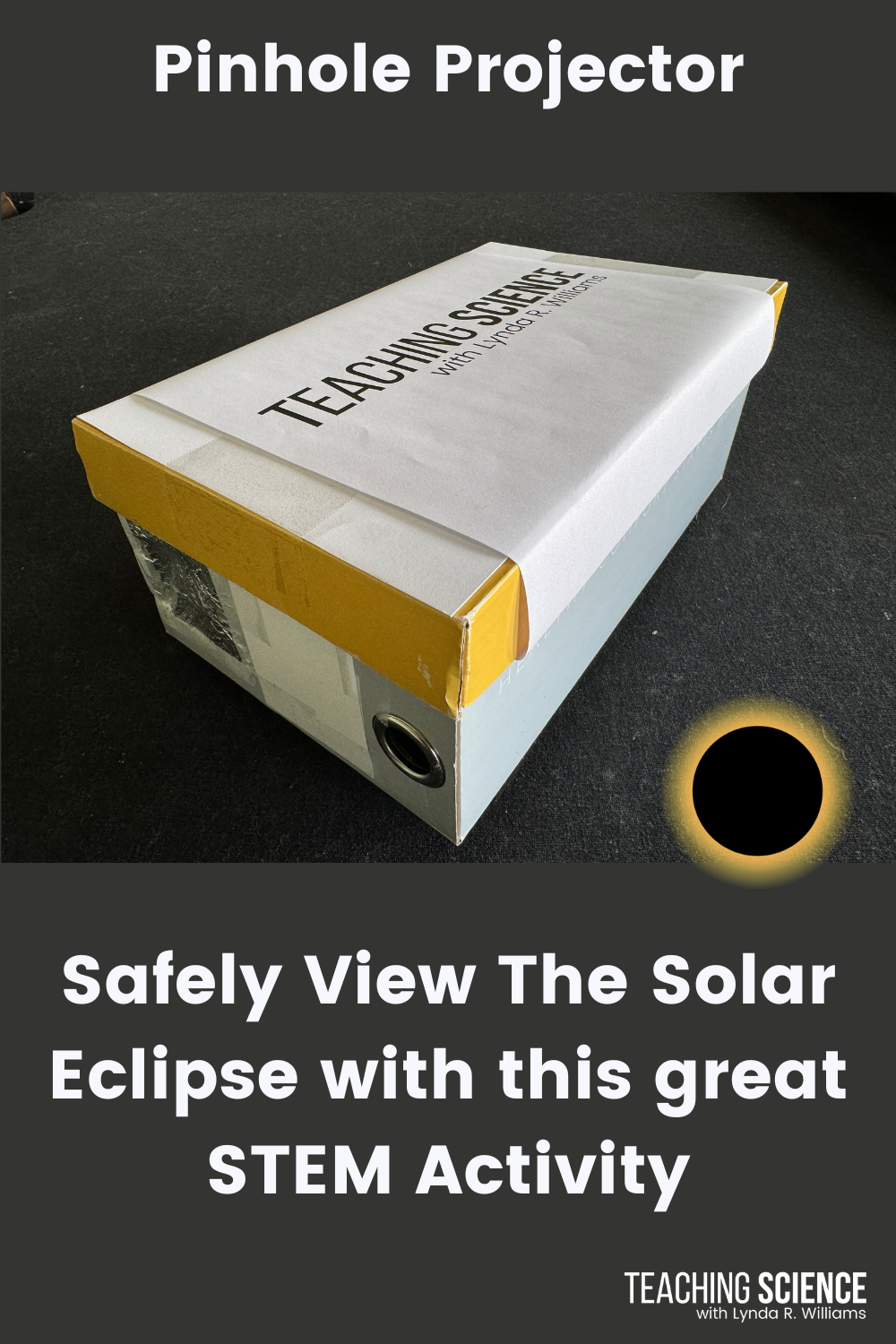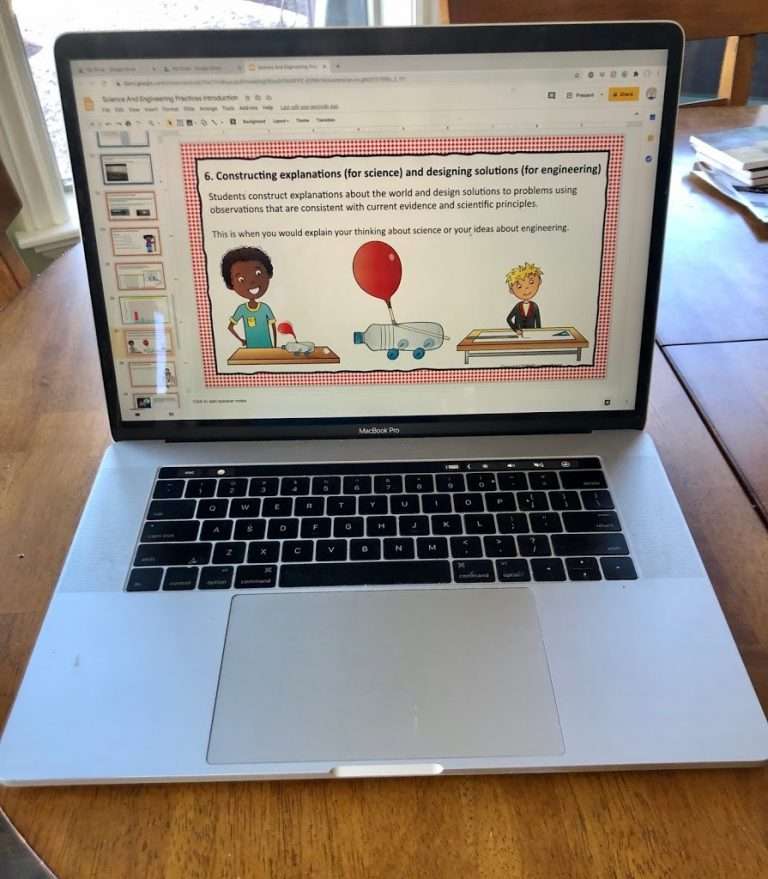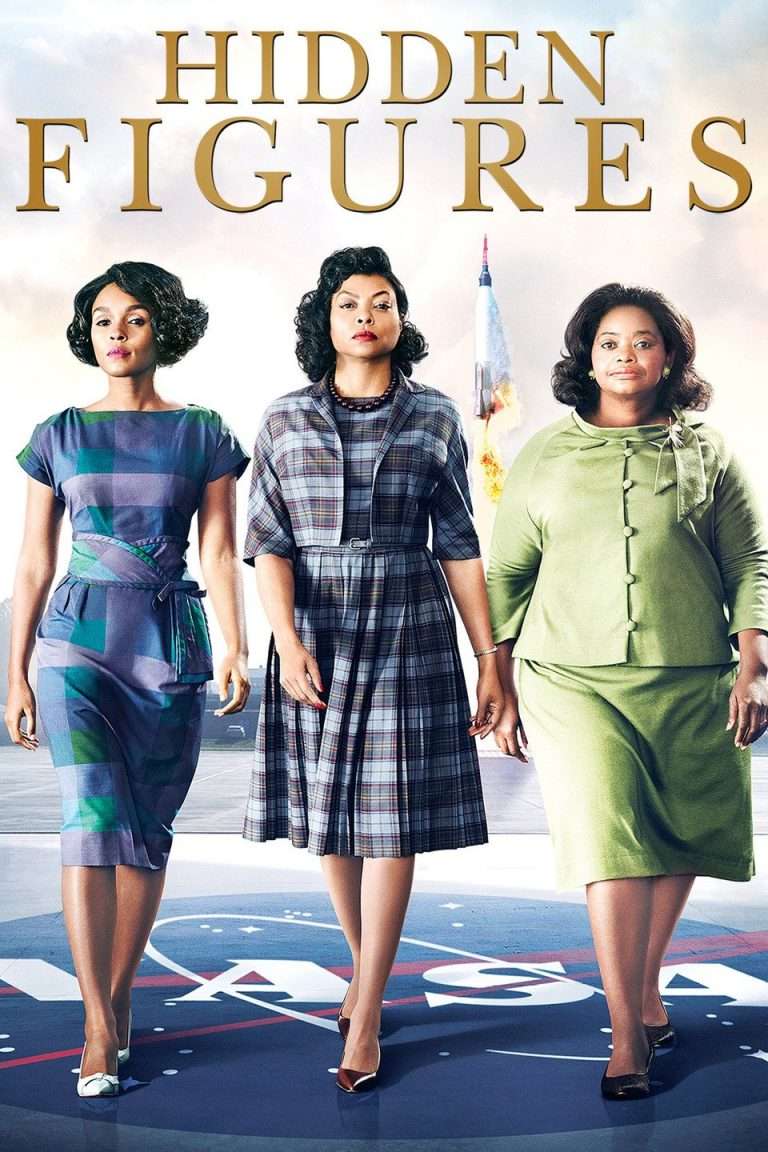Have you been thinking about how to have your students safely watch the solar eclipse?
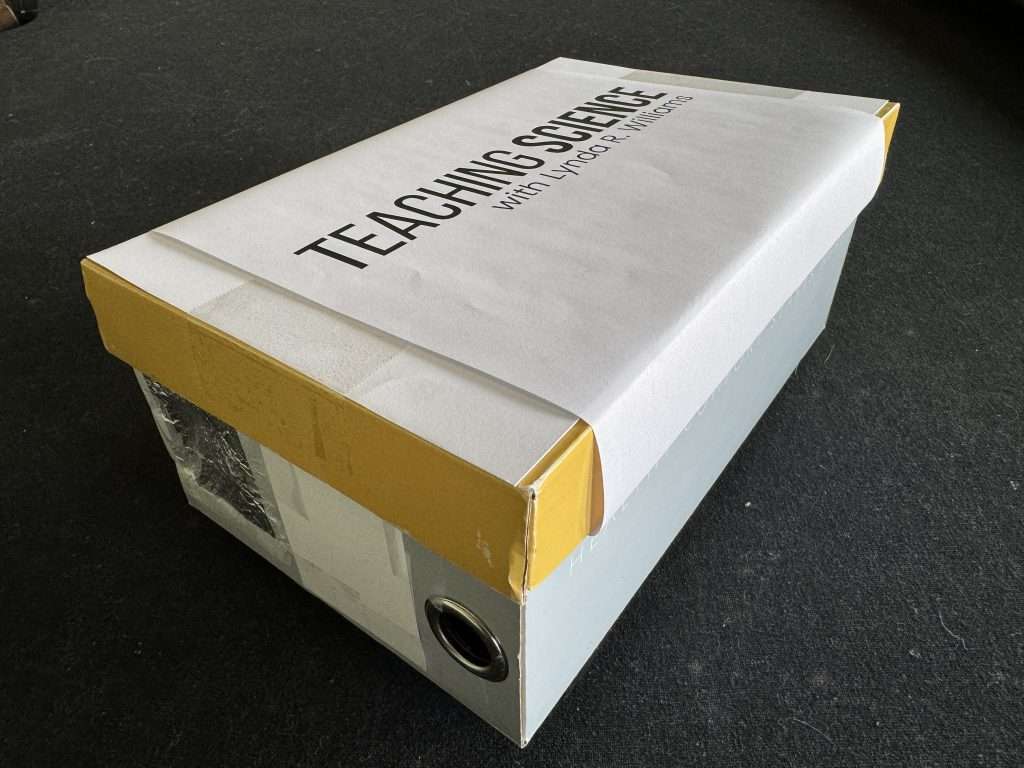
Make a Pinhole Projector out of a cardboard box. Students will love this STEM Activity! It is easy to do! You need a few materials:
- shoebox or other cardboard box
- scissors or exacto knife
- tape
- white paper
- aluminum foil
1. Cut two holes in one side of the box. (Adults can help children with this part)
2. Put white paper on opposite side of the box.
3. cover one of the holes with aluminum foil.
4. Poke a hole in the aluminum foil. This is your pinhole.
5. during the eclipse, stand with your back to the Sun. Look through the uncovered hole and watch the projection of the moon’s shadow moving across the Sun.
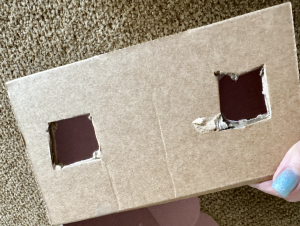
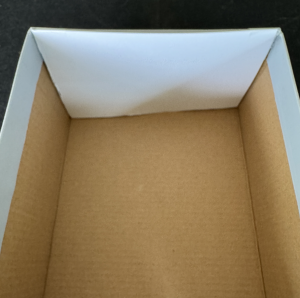
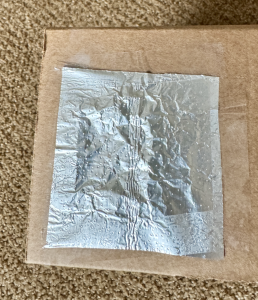
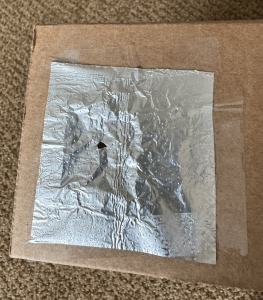
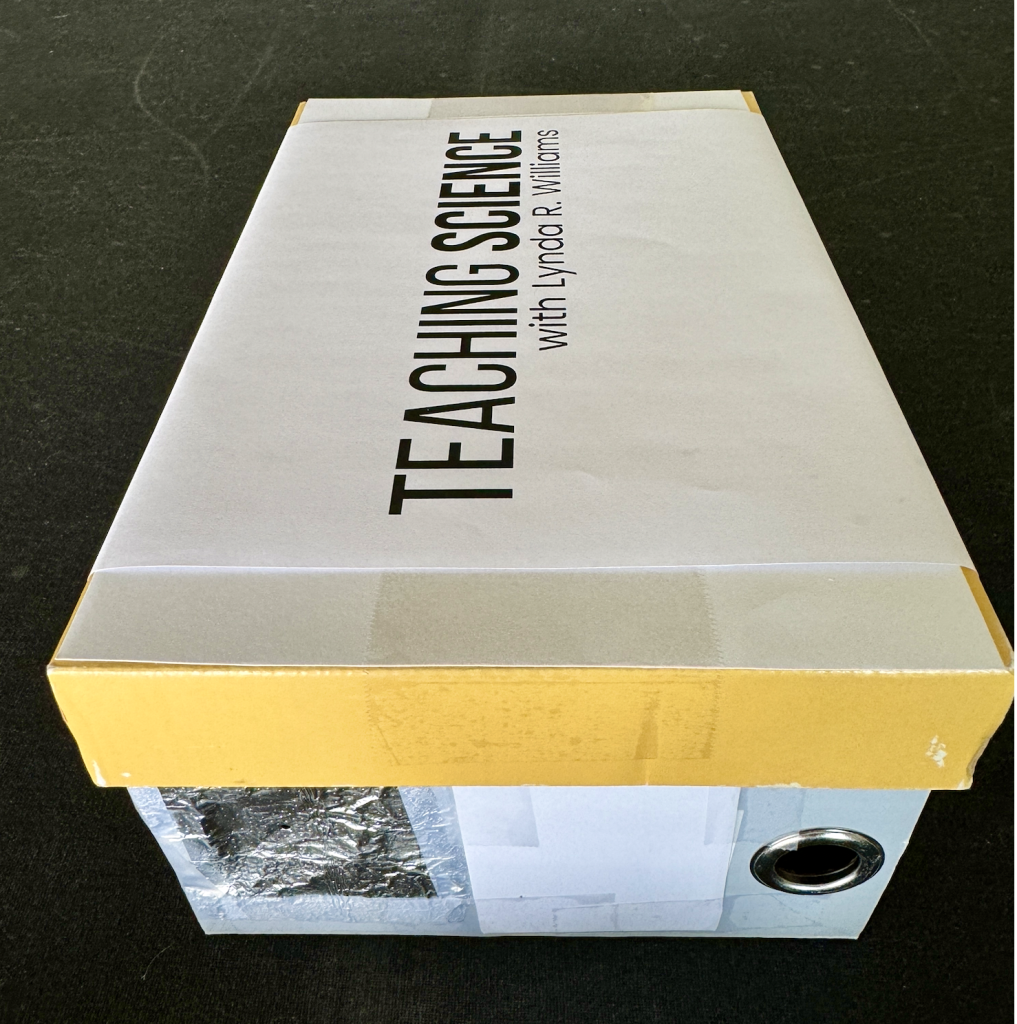
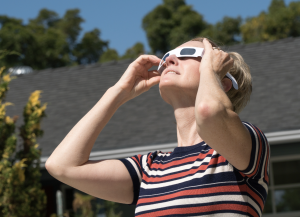
Eclipse Viewing Saftey
Viewing a solar eclipse can be an awe-inspiring experience, but it’s crucial to take precautions to protect your eyes. Here are some tips for safely viewing a solar eclipse:
- Use approved solar viewing glasses: Regular sunglasses are not sufficient to protect your eyes during a solar eclipse. Instead, use specialized solar viewing glasses that meet the ISO 12312-2 international safety standard. These glasses will block out harmful ultraviolet and infrared rays, allowing you to look directly at the sun without damaging your eyes.
- Use a pinhole projector: If you don’t have access to solar viewing glasses, you can still safely view a solar eclipse using a pinhole projector. This simple device projects an image of the eclipse onto a surface, such as a piece of paper, allowing you to view it indirectly.
- Avoid looking directly at the sun: Even during a solar eclipse, it’s important to avoid looking directly at the sun with the naked eye. Doing so can cause serious and permanent eye damage.
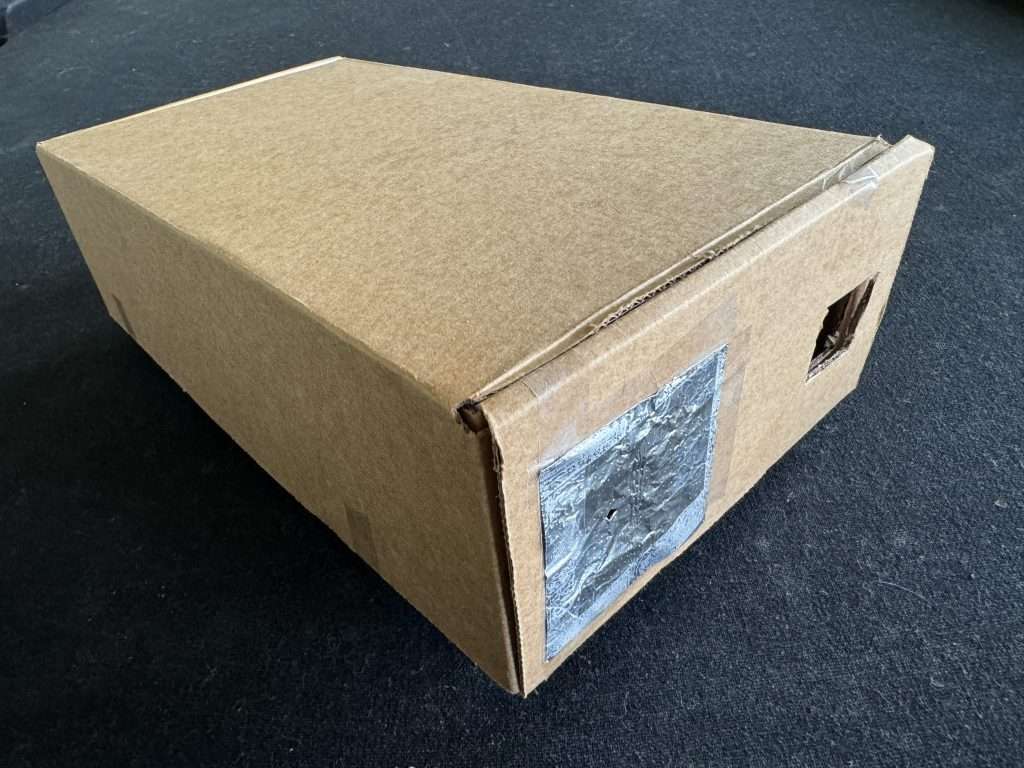
How does a Pinhole Projector Work?
Pinhole projectors utilize a small pinhole, also known as an aperture, to focus light and create a basic lens system. Light from the tree is directed through the aperture onto a surface, such as the back of a box. Remarkably, the projected image of the tree appears upside down compared to the actual tree. This phenomenon occurs due to the nature of light reflection and refraction, a principle seen in various optical devices, including cameras and human vision.
The inversion of the image is a common occurrence in optical systems. In cameras, for instance, mirrors or prisms are employed to correct this inversion before capturing the image. Interestingly, the human brain naturally adjusts for the upside-down images received from our eyes, aided by specialized organs in our ears that help us perceive and interpret visual information correctly. Pinhole projectors, also known as pinhole cameras, are a modern version of the camera obscura, an ancient optical device with a rich history. Dating back centuries, camera obscura were used to project eclipses and served as valuable tools for artists, including Renaissance painters, and had practical applications like creating sundials in ancient Chinese culture.
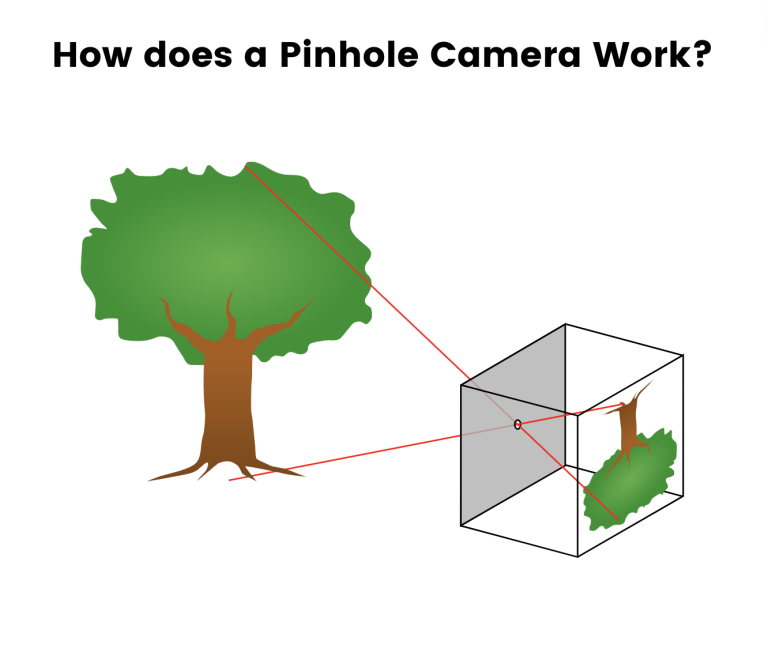
Do you want to teach your students more about eclipses?
Available here on Teaching Science and in my TPT Store
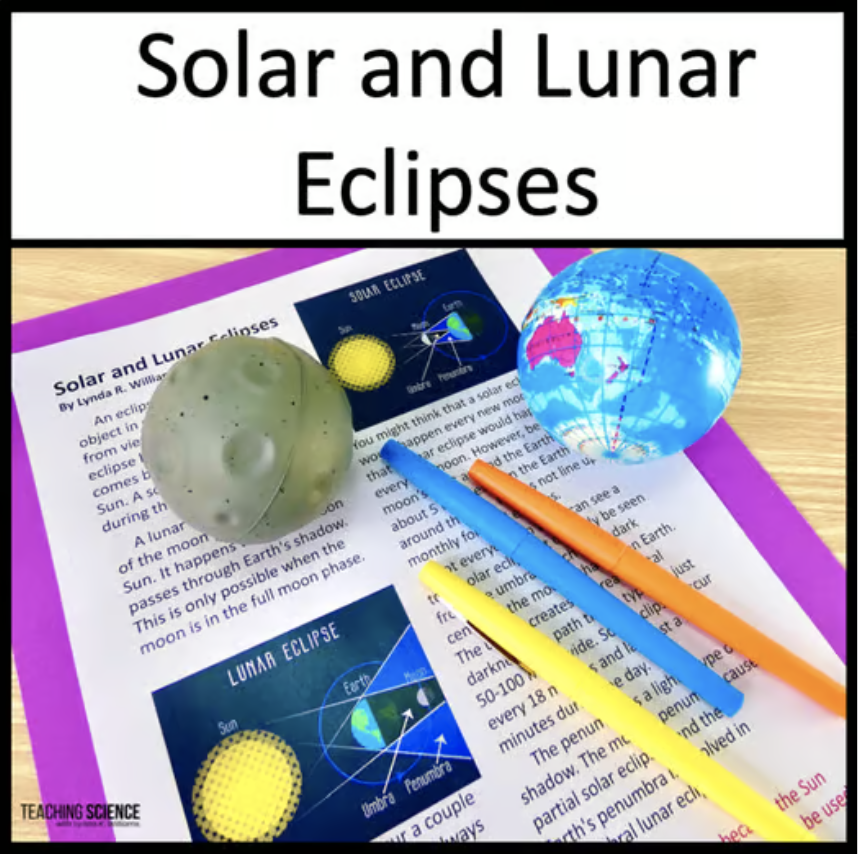
Follow me on IG, FB, or YouTube to learn more about the solar eclipse. This is a video I took during the annular eclipse in 2023. I love these amazing moon shadows! We see crescent-shaped projections of the Sun because the apparent shape of our light source changes as the Moon moves in front of the Sun.
